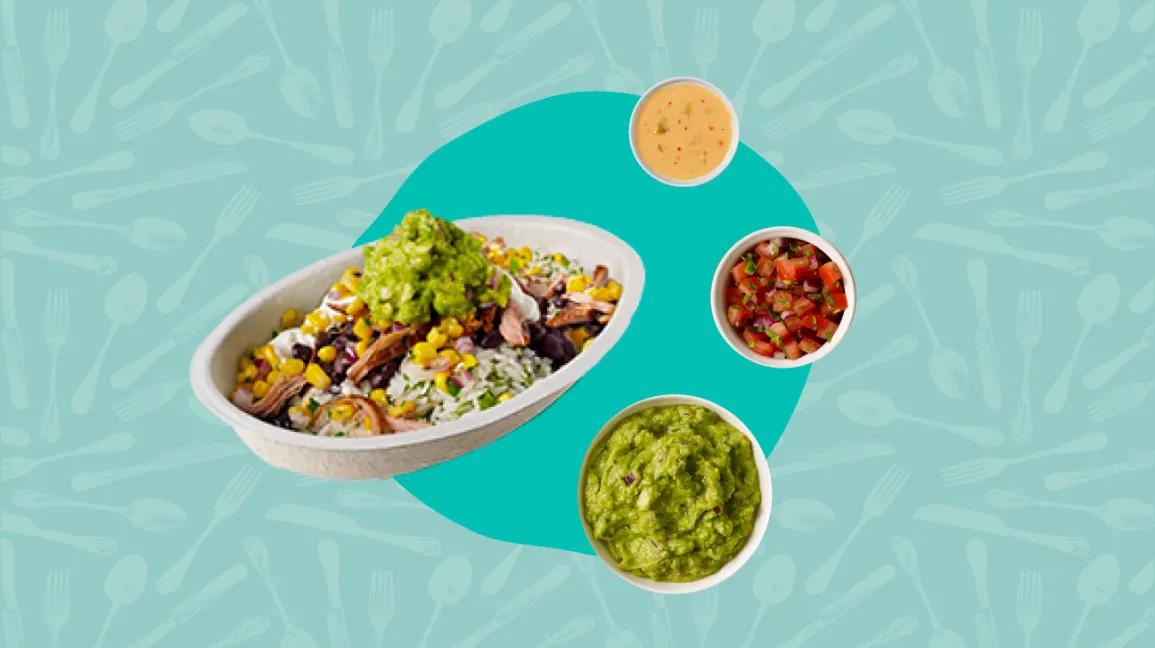Looking for gluten-free restaurants can be quite a challenge for those dealing with gluten intolerance or celiac disease. With the growing demand for gluten-free choices, it’s important to distinguish between restaurants that genuinely cater to such dietary needs and those that simply offer just a few gluten-free options.
This article provides advice on spotting gluten-free restaurants in Melbourne and other cities. By following these tips, you can confidently enjoy your dining outing without concerns about inaccurate information.
1. Research and Recommendations
Thorough research is key when selecting a restaurant. Start by asking for recommendations from trusted sources, like friends, family members, or online communities focused on gluten intolerance and celiac disease. You can also check out respected blogs or websites that specialise in reviewing non-allergy dining spots in your vicinity.
2. Menu Clarity
Authentic gluten-free restaurants make it a priority to have menus that clearly list the ingredients of each dish and highlight any potential allergens. Look for menus that explicitly state whether a dish is gluten-free or contains wheat-based components. A detailed menu reflects the establishment’s dedication to accommodating customers with restrictions.
3. Reliable Gluten-Free Certification
A reliable method to verify authenticity is by checking if the restaurant has obtained gluten-free certification from respected organisations like a local celiac association or the Gluten Intolerance Group (GIG). These certifications guarantee that the establishment adheres to guidelines for handling and preparing gluten-free dishes, minimising the chances of cross-contamination during food preparation.
4. Interaction with Restaurant Staff
Communicating with the restaurant staff is vital when searching for a gluten-free dining experience. It is advisable to call in advance and inquire about their procedures for preventing cross-contamination, including the use of work areas, utensils and cooking methods for gluten-free meals.
5. Balancing Zealotry and Empathy
Not every chef may fully comprehend all aspects of eliminating sources of cross-contamination. While being passionate is admirable, showing empathy towards chefs who might not have knowledge is crucial. Engage in a discussion about your intolerance or celiac disease and ask about the steps taken by the restaurant to ensure gluten-free dishes are prepared safely.
6. Assessing Reviews and Customer Input
Online reviews can offer insights into the credibility of a free establishment, but it is important to be cautious when solely relying on them. When checking out reviews, it’s wise to consider a variety of sources and judge their reliability. Genuine positive reviews usually focus on specifics, like having dedicated sections and how tasty the gluten-free dishes are.
7. Dedicated Gluten-Free Areas
Having dedicated spaces in a restaurant’s kitchen for gluten-free items is a good sign of an authentic place. It’s important for trained staff to understand the importance of keeping ingredients that don’t contain gluten away from those that do to prevent any contamination risks effectively.
8. Communication Channels
While not unique to gluten-free eateries, having multiple ways to communicate shows that the place values its customers’ needs. Look for signs that they actively listen and respond promptly to inquiries or requests about needs – whether through email, social media platforms or direct phone calls.
9. Specialised Gluten-Free Menu and Options
A gluten-free restaurant is one that offers a special menu just for those with dietary restrictions or clearly marks which items on their regular menu can be adjusted for a gluten-free diet. Seek out places that go beyond substitutions and provide a range of gluten-free choices in different categories, like starters, main dishes and desserts. This shows their dedication to offering planned and tasty options for people with restrictions.
10. Engaging with Local Gluten-Free Communities or Groups
Restaurants that truly value the needs of those who are gluten-sensitive often demonstrate a commitment by working with local gluten-free communities or organisations. Look out for collaborations or activities where the restaurant actively involves these communities to gather insights and feedback on their menu. Establishments that invest time and energy in building connections with the community indicate their commitment to continuously enhancing their practices and serving top-notch, safe dishes.
Conclusion
Discovering a gluten-free eatery can greatly elevate your dining experience while reducing any health hazards linked to consuming harmful allergens like gluten. Adhere to these recommendations: conducting research, checking menu clarity, seeking recognised certifications, communicating effectively and compassionately with staff, considering unbiased customer reviews, observing designated gluten-free zones in the kitchen, and assessing the variety of communication channels available.

